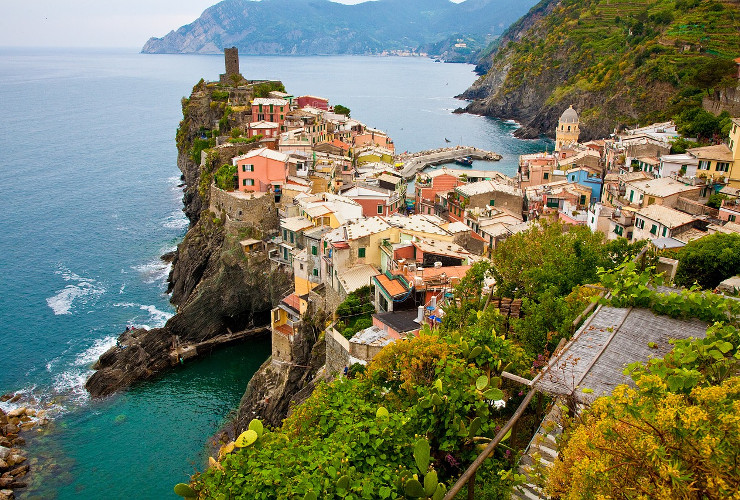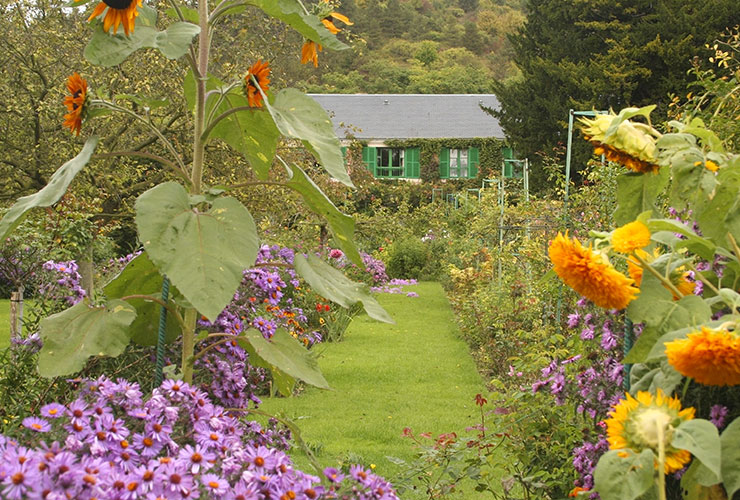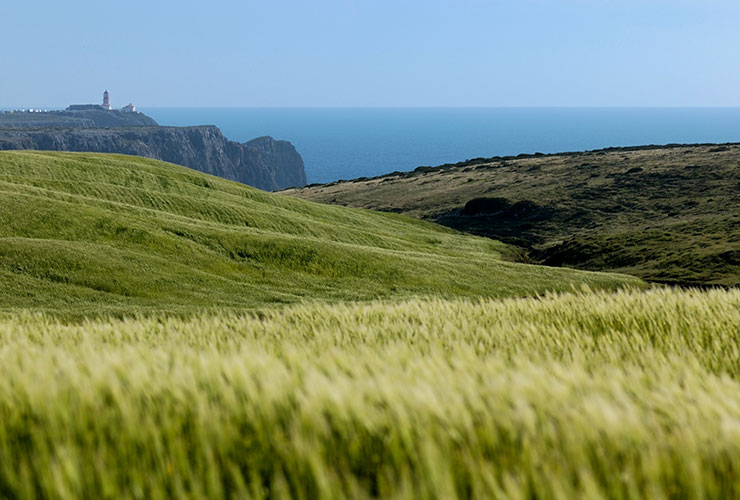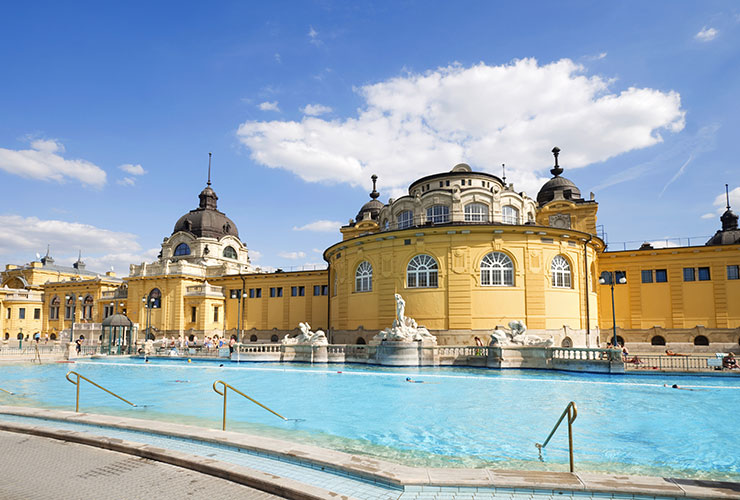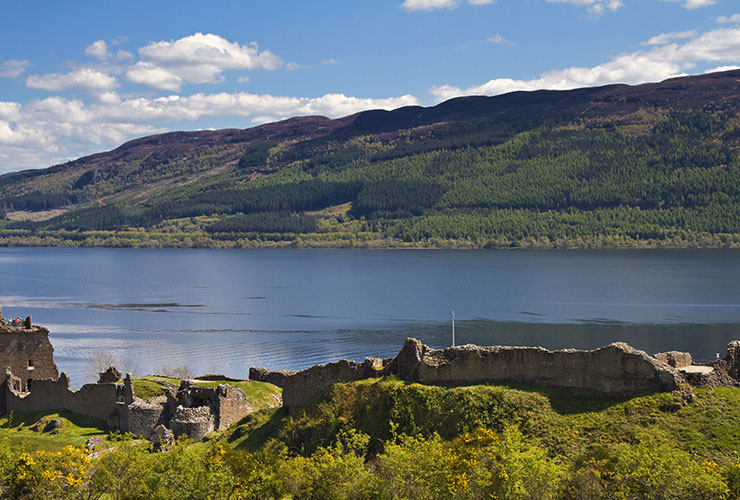Glacier Express Experience
Switzerland is the quintessential mountain country. Here you can enjoy hiking, skiing and climbing, or you can choose a unique and different way to approach them.
The scenic journey among the Swiss Alps offered by the Glacier Express train is a rare opportunity for a total immersion in mountain nature while enjoying your Switzerland tour. Thanks to the latest generation of panoramic train carriages and frequent itinerary departures, you have the chance to admire deep valleys and snow covered mountains; quaint villages and shelters; steep rivers and cliffs. The Glacier Express is the slowest express train in the world and it runs through the southern Swiss Alps from West to East, and vice versa connecting the towns of St. Moritz and Zermatt. During its 8 hours trip from glittering St. Moritz to fashionable Zermatt, the adventurous white-red train crosses 91 tunnels and 291 bridges. The Glacier Express was built in 1889 and made his first complete trip in the summer of 1930.
The scenery of the Upper Engadine marks the beginning of the panoramic trip, with the departure stations of St. Moritz or Davos, the highest town in Europe. The two initial trails rejoin in Filisur, where the Glacier Express meets a masterpiece of railway engineering, the Landwasser viaduct, whose wide arch is traversed by rail at a thrilling height. Moving through the green landscapes of the Canton of Grisons, the train makes its way into the Rhine Gorge, the “Grand Canyon of Switzerland”, and then arrives in Disentis, where you will find the oldest Swiss Benedictine abbey, with its impressive Baroque towers.
The next stop is the highest peak on the entire route, the Oberalp Pass, located at an altitude of 2033 meters. Proceeding from there towards the town of Brig, the train continues into the Rhone valley where your ride is flanked by larch forests and the wooden houses of the Valais area. Deep gorges line the final path up to the arrival station, Zermatt, still a rigorously car-free town where you can move only by foot or using small electric vehicles and horse carriages.
More than just a train ride, the scenic route on the Glacier Express through the Swiss Alps is an unforgettable experience, with attractions along the whole line and with special attention to each passenger, even down to the detail of tablecloths and porcelain being used in the dining cars. The world of luxury and beauty awaits you in St. Moritz, while in Zermatt, the most photographed mountain in the world, the Matterhorn, is ready for your “click”.
Tulips & Biking Experience
Holland is the country of bicycles, the most eco-friendly means of transportation. Between its 16 million inhabitants there are in fact about 12 millions of bicycles throughout the country. Here you will find 7 domestic biking routes with about 2,000 marked and charted kilometers, and more than 6,000 kilometers of roads, almost all paved, for the exclusive use of cyclists. Short distances and a level territory favor even less sporty people, and renting a bike is very easy and you can take it along on trains and boats as well.
As bicycles, so flowers are also synonymous with Holland. They give a touch of color to the typical Dutch landscape that creates a vibrant and ever-changing palette. Holland and tulips are inseparable. The first bulbs arrived here several centuries ago from Turkey and Iran, immediately becoming very popular. Their arrival marked the beginning of a prosperous flower industry and today the country is the largest producer in the world of flowers and plants for trade. If you want to enjoy the famous blooming tulip fields in Holland, you need to come in April and May.
The most beautiful bike path indeed is the one that crosses the Bollenstreek, the Bulb Region, and from Leiden, the hometown of Rembrandt, leading to largest flower park in the world. The Keukenhof is a show of colors and scents and an unforgettable experience. The gardens and four greenhouses of this bulb sanctuary of offers a fantastic collection of tulips, hyacinths, daffodils, orchids, roses, carnations, irises, lilies and many other flowers. Here the national flower show takes place annually between mid-March and mid-May when the Keukenhof opens its gates to the public for only 8 weeks.
On the endless Dutch cycling paths you will also discover a relaxing way to experience the famous windmills throughout the country. Often located in quaint place such as the ancient Zaansche Schans, just outside Amsterdam, you will find some of the most famous windmills by Dordrecht in the Kinderdijk region, many of which were declared UNESCO World Heritage Sites in 1997. With few cars and many bikes along the banks, Dordrecht is the oldest city in Holland. Immortalized in the landscapes of Dutch Golden Age painters, the town is still as beautiful as a painting with its canals, the picturesque harbor and the elegant stately homes. Close to the city lies the most famous windmill parade. A 4 km ride with 19 windmills lined up on the banks of streams and swamps are ideal for bird watching. With many of them still operational, only a few can be visited inside while the rest are inhabited by the people who provide for their maintenance.
So, if you want to admire Holland in all its beauty, the bicycle is the ideal means of transportation. You can cycle without hurry traveling on routes reserved for bicycles through colored expanses of tulips. You can stop to visit a windmill and taste cheeses right at the farm that produced them. Enjoying the natural side of Holland promises to be an extraordinary experience!
 Hire Expertise
Hire Expertise Bespoke Itineraries
Bespoke Itineraries Travel Carefree
Travel Carefree